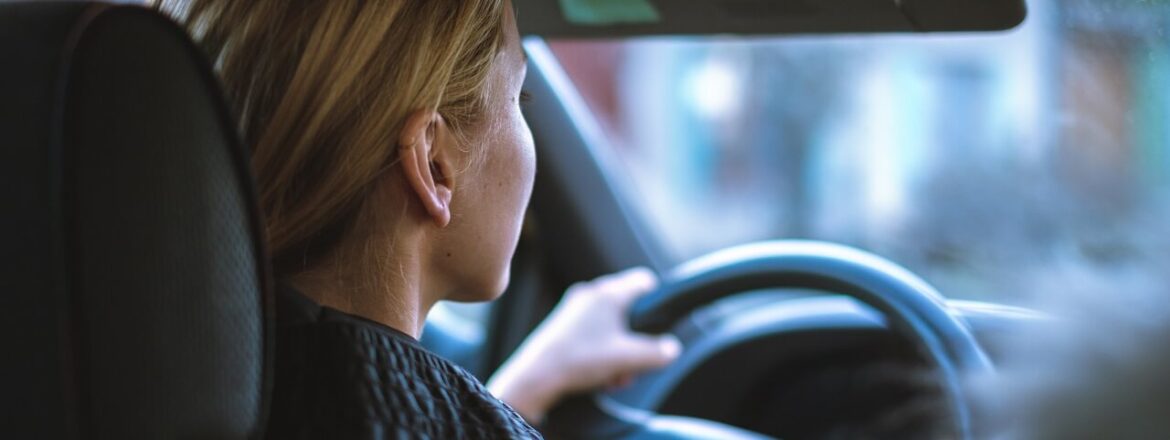The practical driving test always begins on the maneuvering area, which can only be left after completing pre-defined exam tasks. Failure to follow the examiner’s instructions or incorrect driving preparation may end the exam at this stage. What is tested here is primarily knowledge of assessing the technical condition of the vehicle and basic maneuvering skills. What tasks await the students on the training ground? What mistakes will end the exam immediately? We answer all these questions in the guide below.
Practical exam category B – checking technical condition
At the very beginning of the exam, students are asked to indicate the basic elements responsible for driving safety. At this stage, you first need to check whether all types of lights work and where they are located. In the case of brake lights, you must ask the examiner to press the brake as simply showing them is not enough. The health check also includes verifying that there are enough of the following fluids under the hood:
- engine oil (check the dipstick)
- windshield washer fluid (scale on the container)
- brake fluid (scale on the tank)
- radiator fluid (scale on the container)
Students may also be asked to check the sound signal (i.e. horn). During the exam, of course, you will not have to indicate all the elements described above, but many people may confuse them. Mistakes at this stage are most often made when we encounter the test vehicle for the first time. Not all driving schools conduct classes on the same car models as the category B practical exam. One mistake can be made at the stage of checking the technical condition.
Category B practical exam – preparation for driving
Preparation for driving is one of the most critical moments during the entire exam. You can’t just get in, fasten your seat belt, adjust the mirror in the middle and say you’re ready. All activities related to preparation for driving must be signaled in an almost caricatural way. The safest way to avoid the examiner’s malice at this stage is to describe your preparations out loud. It certainly doesn’t hurt to verbally confirm that the following items have been checked and set properly:
- height, depth and backrestdriver’s seat
- side mirrors
- center mirror
- seat belts
Neglecting or incorrectly setting any of the above items may end the test before you can start the engine.
Practical exam for category B driving license – forward and backward maneuvering
After successfully completing all previous exam tasks, it’s time to maneuver. Basic skills in moving forward and backward are tested while driving around a curve (also called a curve, not to be confused with the handbrake). This is not a particularly complicated task, but unfortunately even a minor collision with a post is counted as an error.
Practical exam for a category B driving license – moving forward on a hill
The last task on the maneuvering square that must be completed before leaving for the city is a hill. At this stage, students must park the vehicle on a small hill and then move safely from this position. This maneuver is much more complicated in the case of vehicles with a manual transmission, because it requires high precision in operating the clutch.
How many mistakes on the maneuvering area will result in a negative result in the exam?
In fact, one serious mistake is enough to end the exam with a negative result. During the part related to checking the technical condition of the vehicle, you may make a mistake once when pointing to containers or lights, but at the next stage it is much more difficult. Maneuvers on a curve and on a hill can sometimes be repeated once, but this only applies to minor offenses on the part of the students (e.g. lack of appropriate lights, parking brake on, hitting the rope with the wheel). The most common mistakes on the maneuvering area are related primarily to stress and inattention, not to the high level of difficulty of the tasks.

